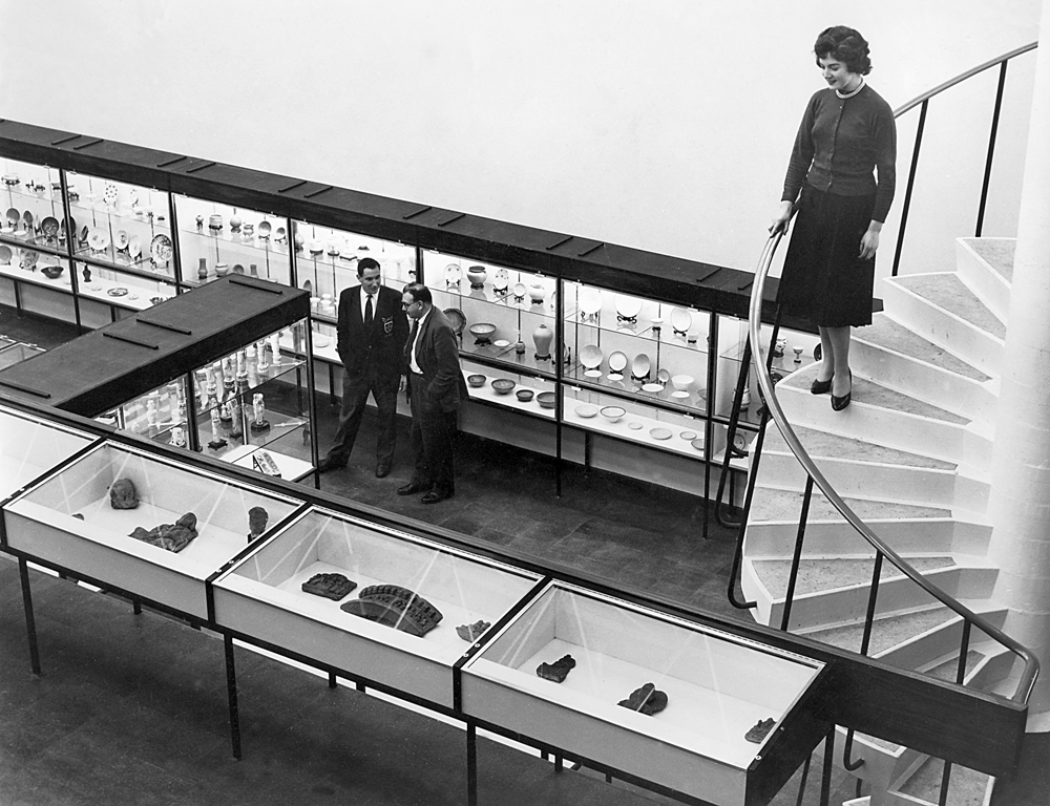History of the Museum
Oriental languages have been taught at Durham since the University was founded in 1832. After the Second World War, Durham was selected as one of five British universities to be developed as centres for the teaching of Oriental languages. As a result, the University established a School of Oriental Studies in 1951.
The first Director of the School, Prof William Thacker, believed that students needed to understand not just the language and literature but also the material culture of the countries they were studying. He accordingly set about creating a teaching and research collection for the School.
In order to support the School’s teaching, Thacker was able to acquire several significant collections, including:
- The Northumberland Collection of antiquities from Egypt and the ancient Near East
- A collection of Chinese ceramics from Rt Hon Malcolm MacDonald
- A significant collection of jades and hardstones from Sir Charles Hardinge.
As the collections continued to grow, it soon became apparent that a dedicated museum was needed to house and display them. In May 1960, the Gulbenkian Museum of Oriental Art and Archaeology, as it was then known, opened its doors to an audience made up largely of Durham University students and academics.
The museum’s name was shortened to simply ‘Oriental Museum’ in the 1980s as part of plans for a major rebuilding and refurbishment programme. Although the planned extension was never built, an additional mezzanine floor was created within the existing building, opening in 2000 with support from the National Lottery Heritage Fund.
Over the last 60 years, the aims of the Museum have changed. The Museum is still actively involved in supporting teaching and research, working with departments ranging from Archaeology and Classics to Modern Languages. It is also open to the public, attracting more than 30,000 visitors each year including more than 7,000 local school children. Since 2000, all the museum’s galleries have been updated to reflect the changing uses of the collections by a much broader range of audiences.


/prod01/channel_4/things-to-do/media/things-to-do/oriental-museum/88326-2000X665.jpg)
